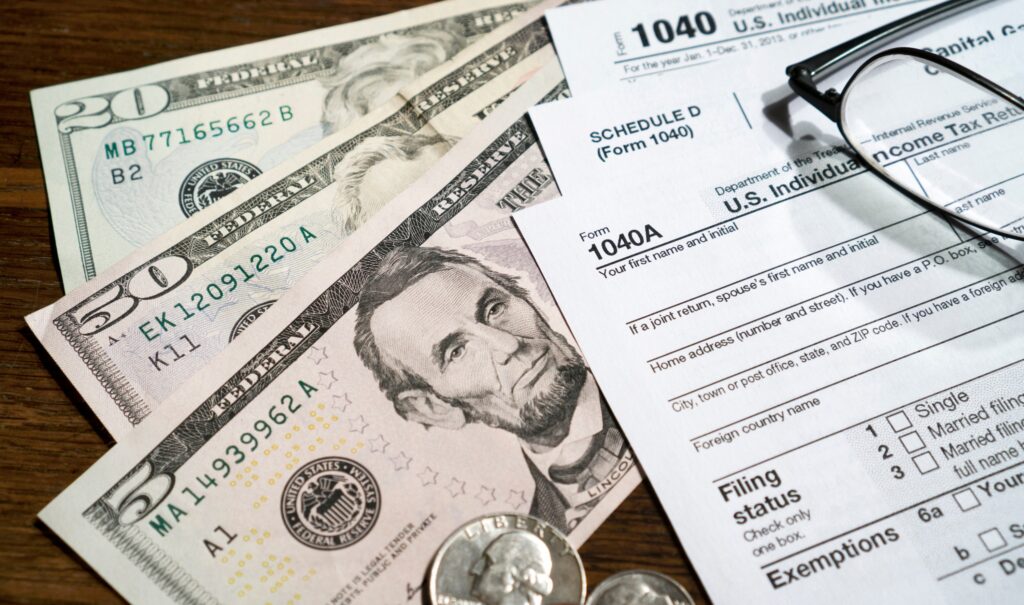
Washington, D.C. – Federal Employees can expect an average pay increase of 5.2% for calendar year 2024, per an Executive Order signed by President Biden last month. The increase is broken down to a 4.7% increase to base pay and an average .5% increase to most locality pay rates. Last year, The National Federation of Federal Employees (NFFE) lobbied extensively for the FAIR Act of 2024 that requested an 8.7% increase to pay (base and locality combined) to match the Social Security cost of living increase for 2023. NFFE has begun discussions with leaders on Capitol Hill to determine the pay rate request for 2025, calling to attention steep housing costs and high inflation on top of an increasing federal-private pay deficit of 27.54%, up from 22.5% just one year ago.
Most federal employees will receive a 5.2% increase to their paycheck immediately, however, there are a few exceptions:
- Lower Locality Pay Areas and RUS: Certain pay areas where annual locality pay calculations dropped below 0.5% will receive a slightly lower increase than 5.2% but none is lower than 4.94%. ‘Rest of US’ (RUS) will receive a 0.21% increase to locality pay, resulting in a total increase for FY 2024 of 4.99%.
- Special Rate Employees: Most special rate employees will receive the base increase of 4.7% on their special pay rates immediately plus 0.5% in locality pay. Special rate employees who live in high locality pay areas may receive more if that pay area was predetermined to require more than 0.5% to stay competitive. For instance, the San Francisco-Oakland-San Jose locality pay area will receive a 0.92% FY 2024 increase to locality pay, which means those special rate employees will receive 5.62% total.
- FWS Employees: The average increase for wage grade employees is 5.2%, but it can be higher or lower in certain areas for different reasons as determined by prevailing rate calculations for a specific area, especially for those FWS areas that overlap into more than one GS pay area. While GS employees will receive the increase to base pay immediately, FWS employees will receive it when the FY 2024 pay limitations are determined, and retro pay increases will apply at that time.
Regarding both GS and FWS pay, NFFE continues to push for 1) an update to the antiquated FWS pay schedules to match the modern professions that it represents, 2) alignment of FWS to GS pay areas, 3) updated criteria to better capture modern economic growth in pay areas across the country to allow the Federal Salary Council to recommend more areas into higher pay localities.
“Thank you to President Biden for signing into law the largest pay increase for federal employees in more than 40 years,” said NFFE National President Randy Erwin. “NFFE is continuing our fight to further increase pay for federal employees and to close the staggering pay gap between federal employees and their counterparts in the private sector. Congress must understand that to attract and retain a skilled workforce that best serves the American people, we need to pay our civil servants competitive wages. As a member of the Federal Salary Council, NFFE is pushing for necessary changes to the criteria used to determine locality rates and geographic pay area inclusion requirements that right now do not reflect the economic reality for our members and all federal employees. I am looking forward to making progress on these critical issues in 2024.”
